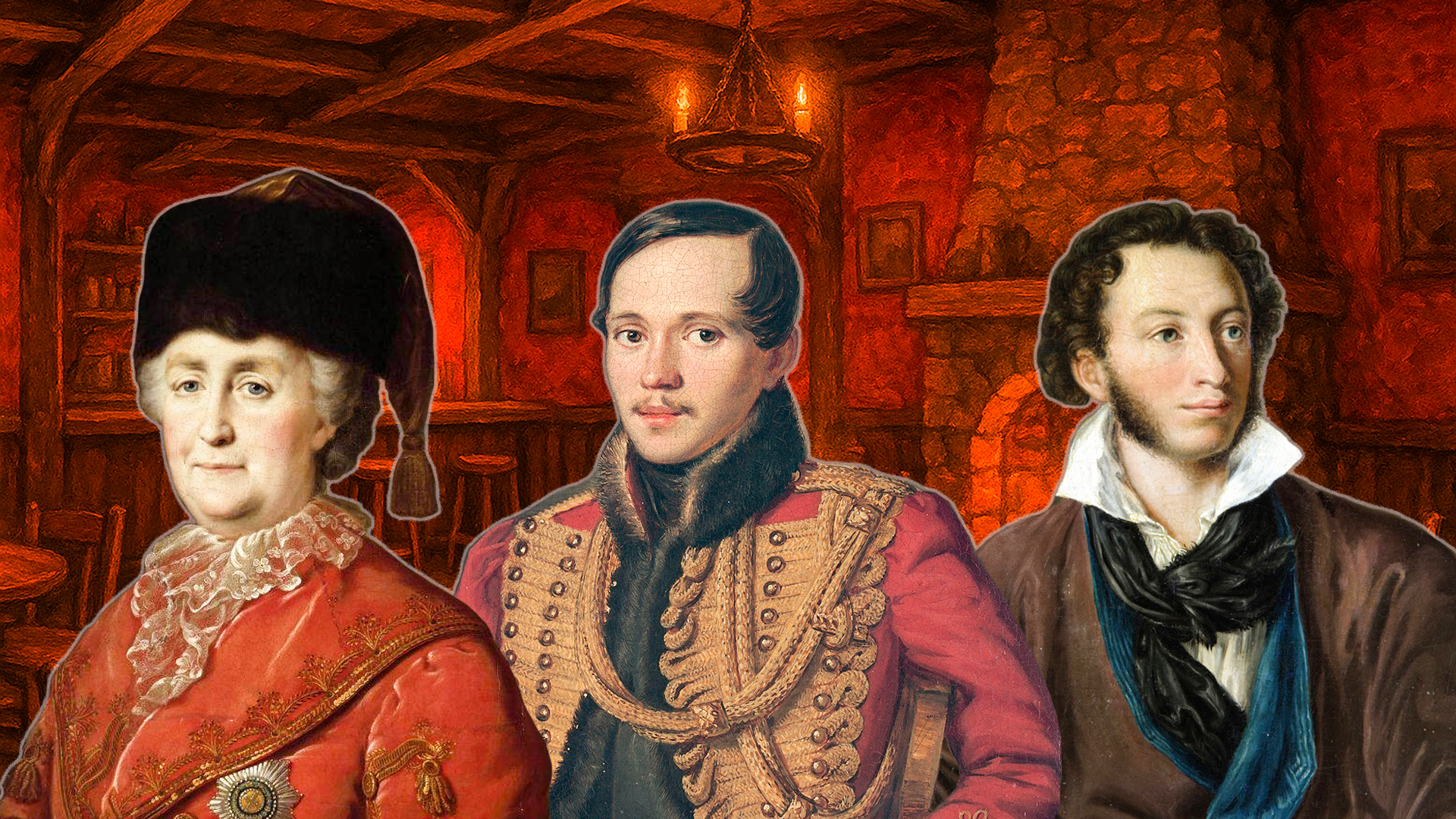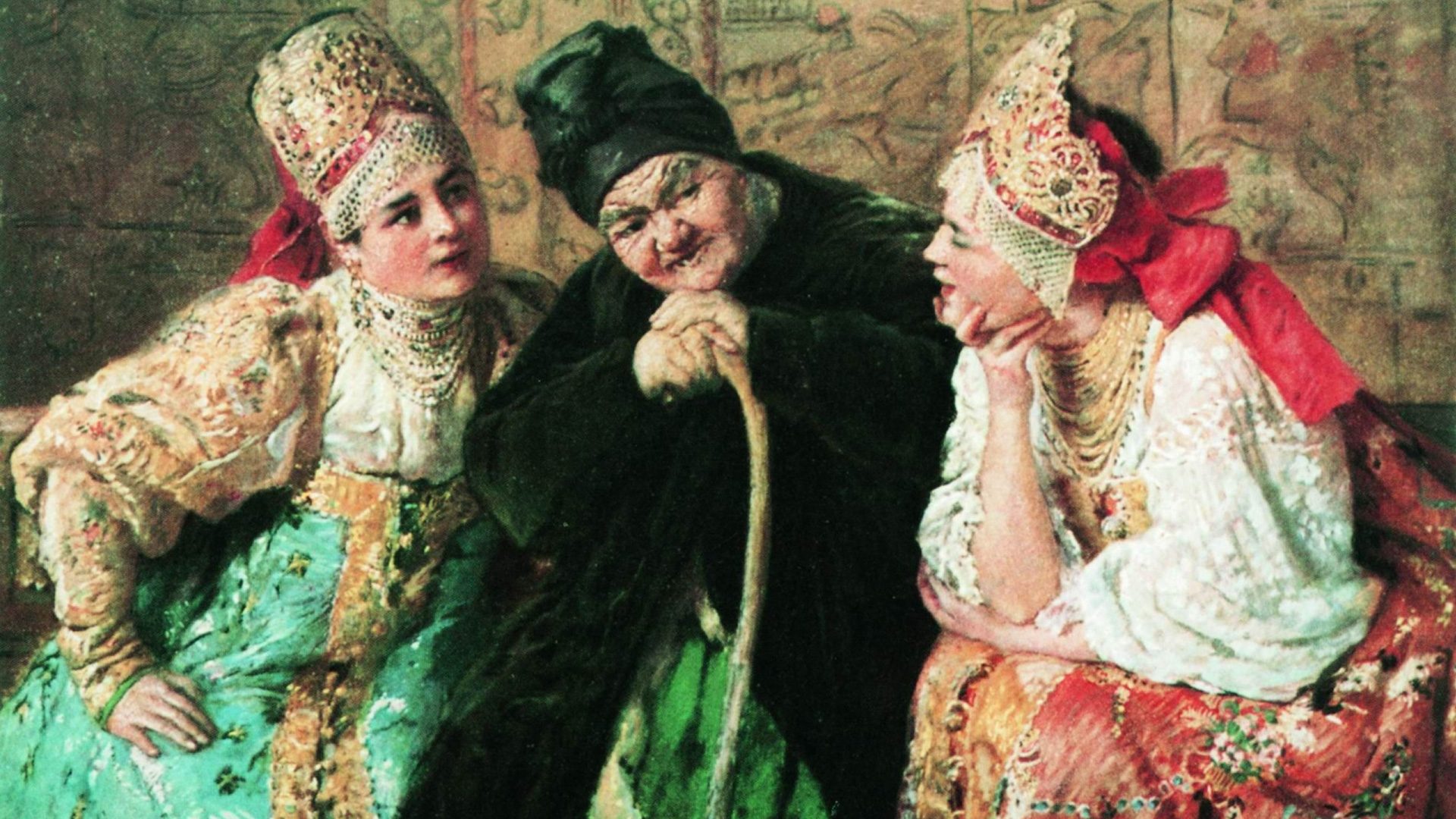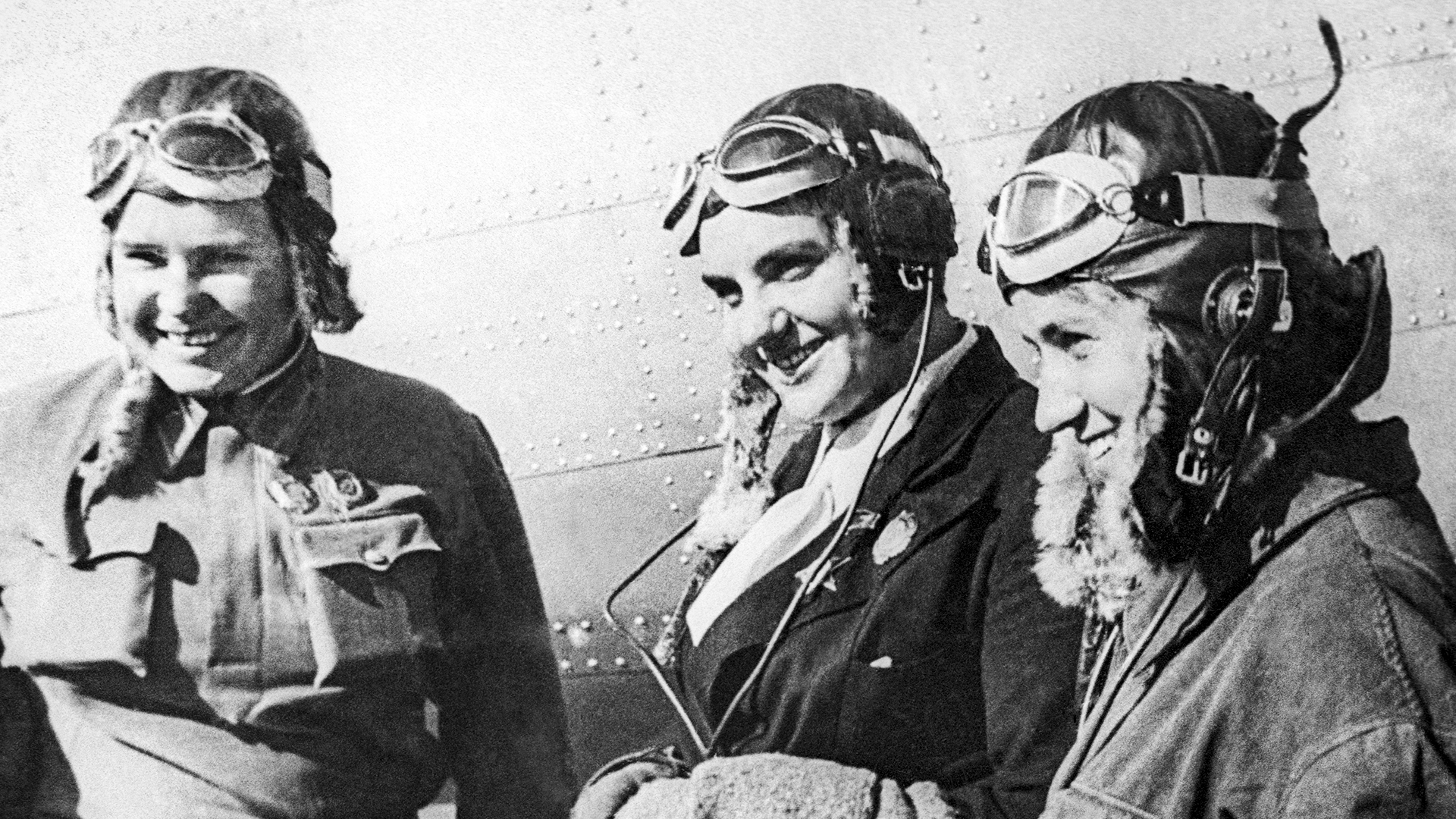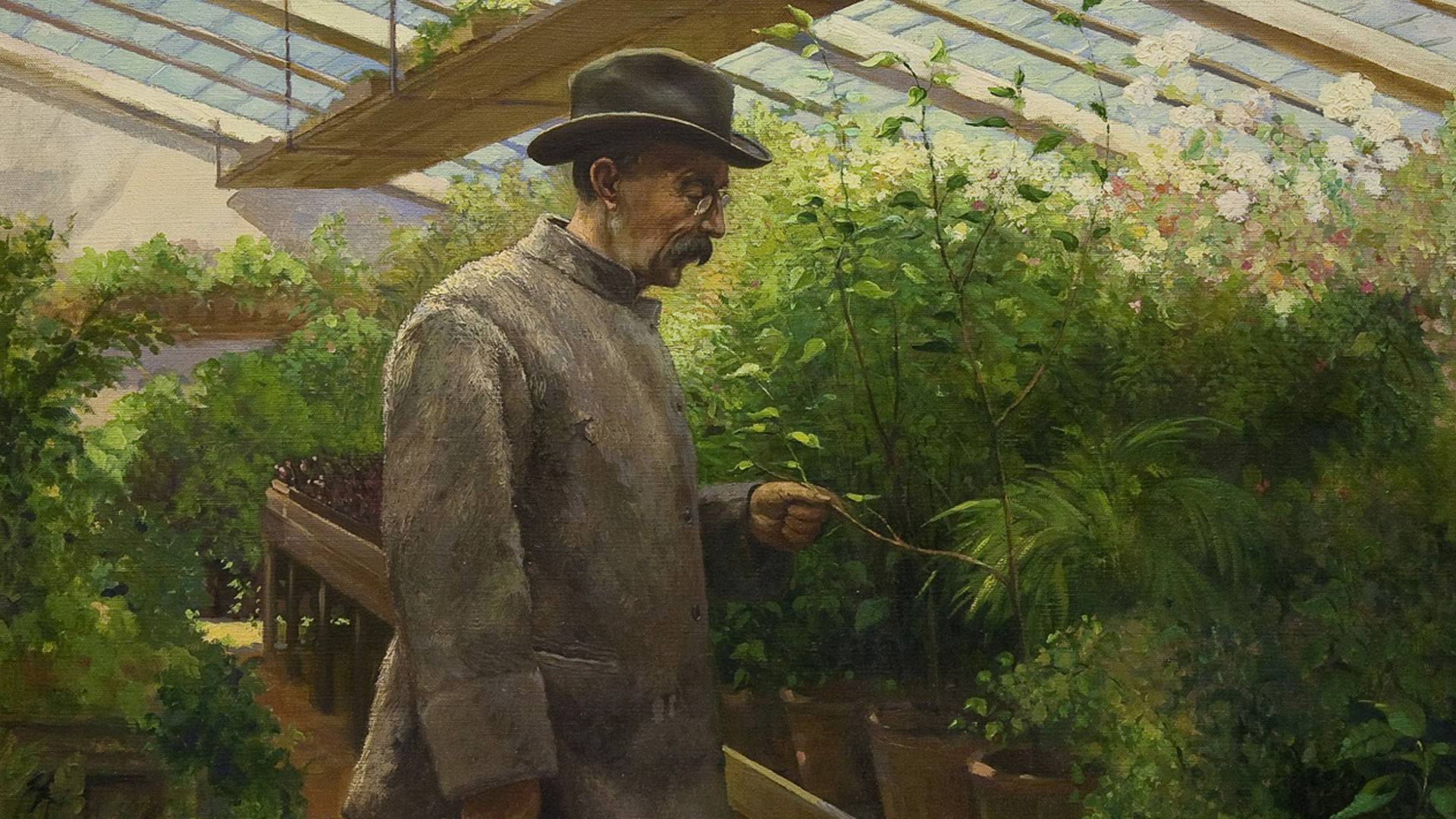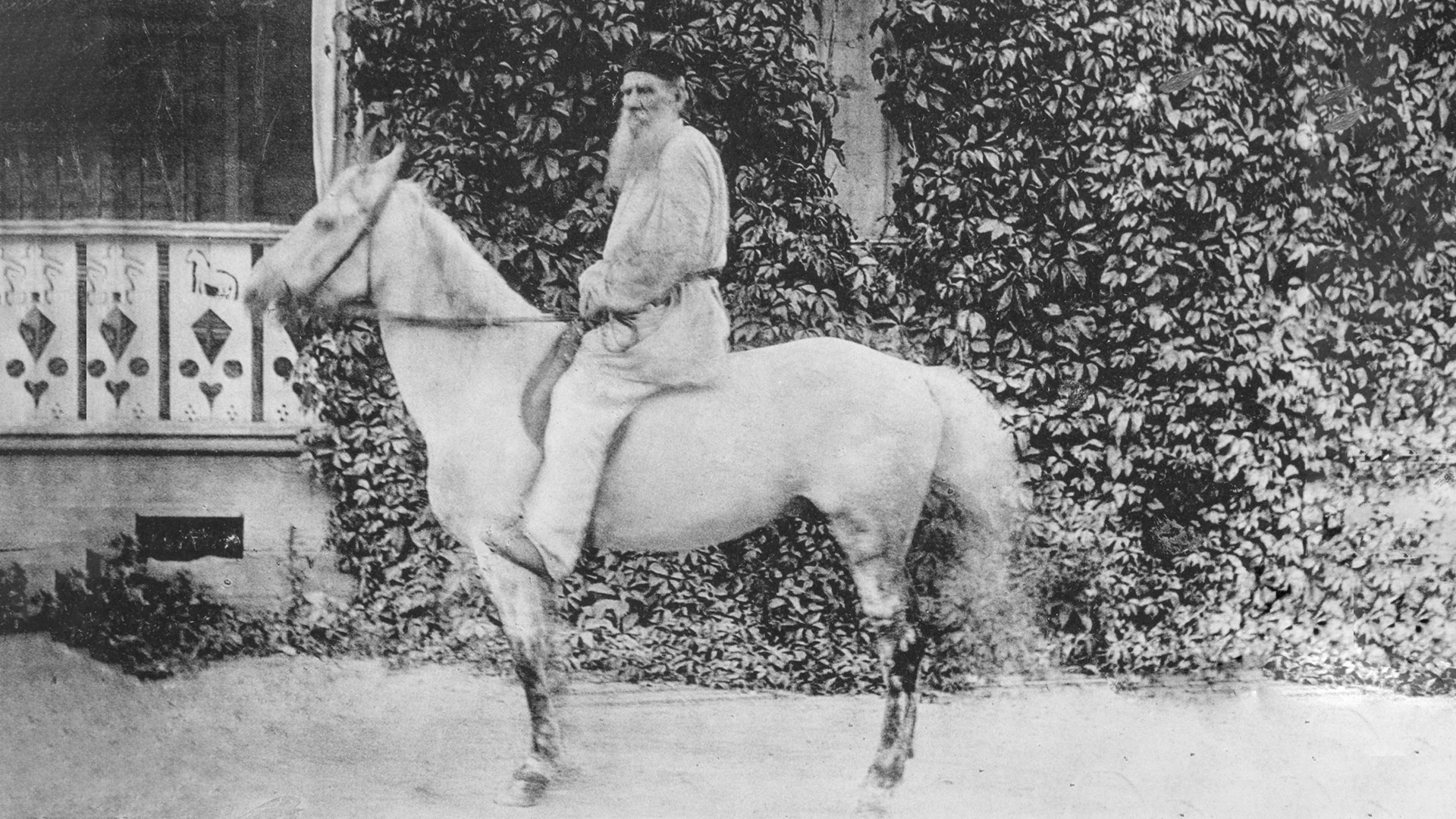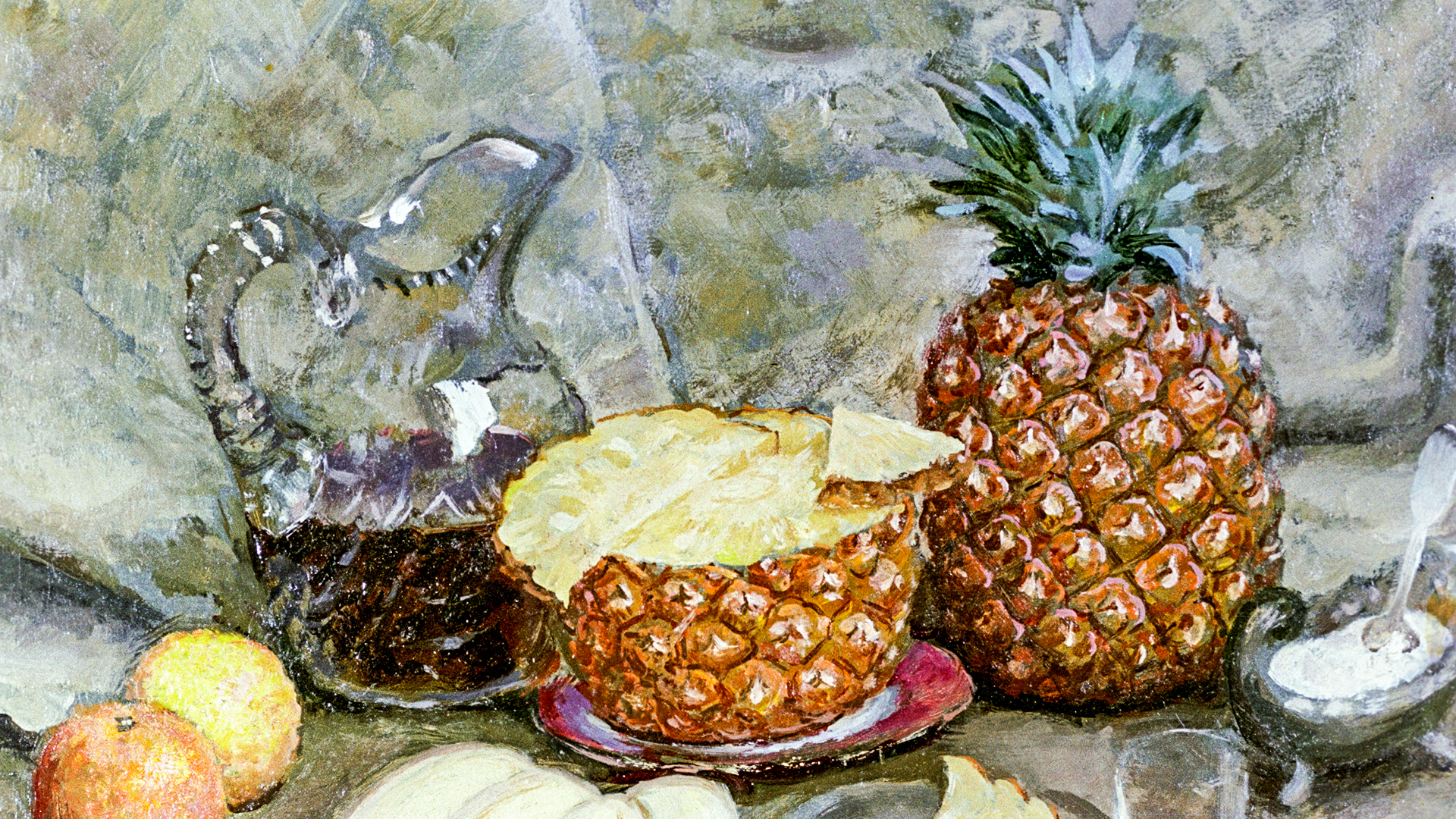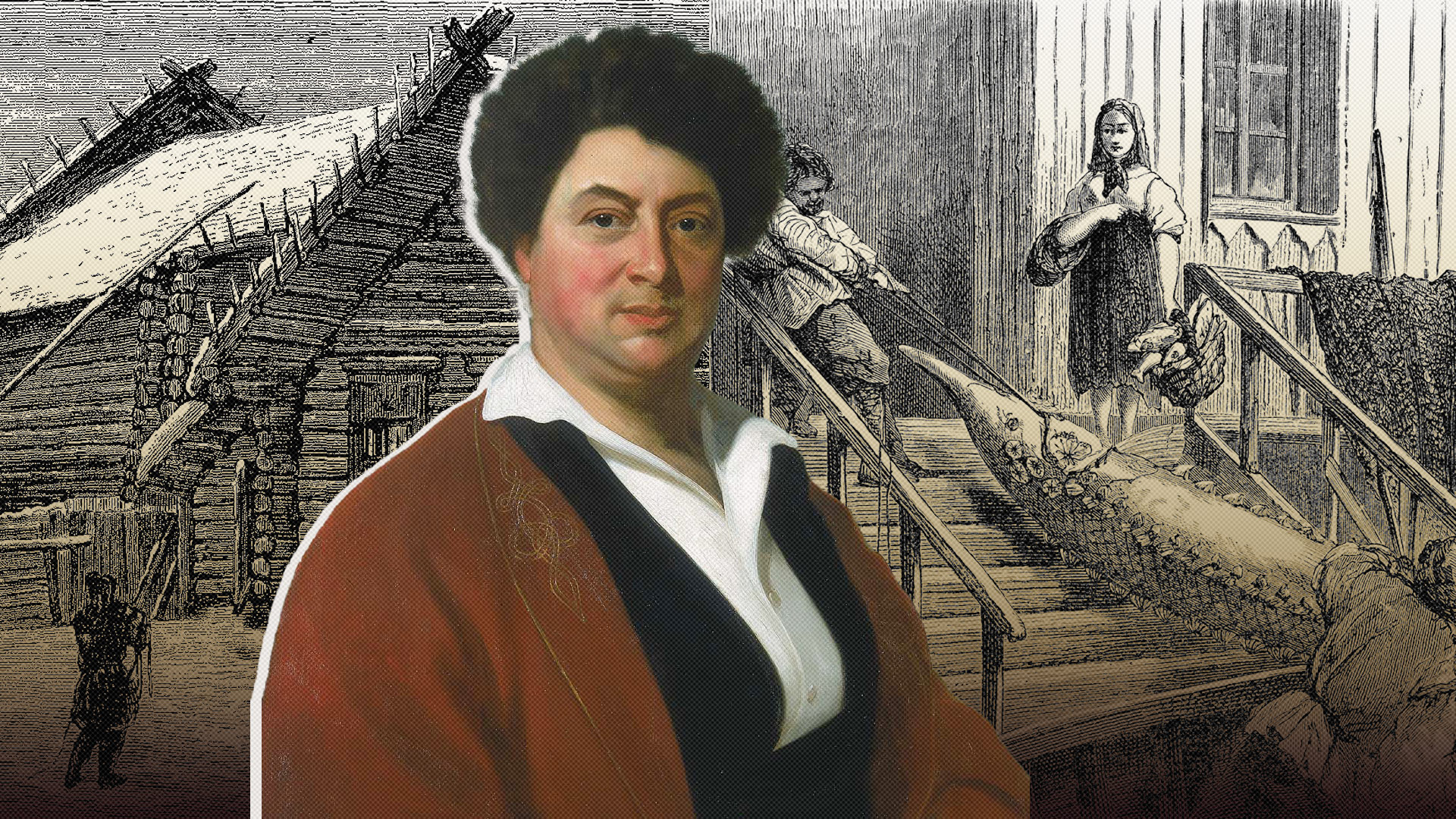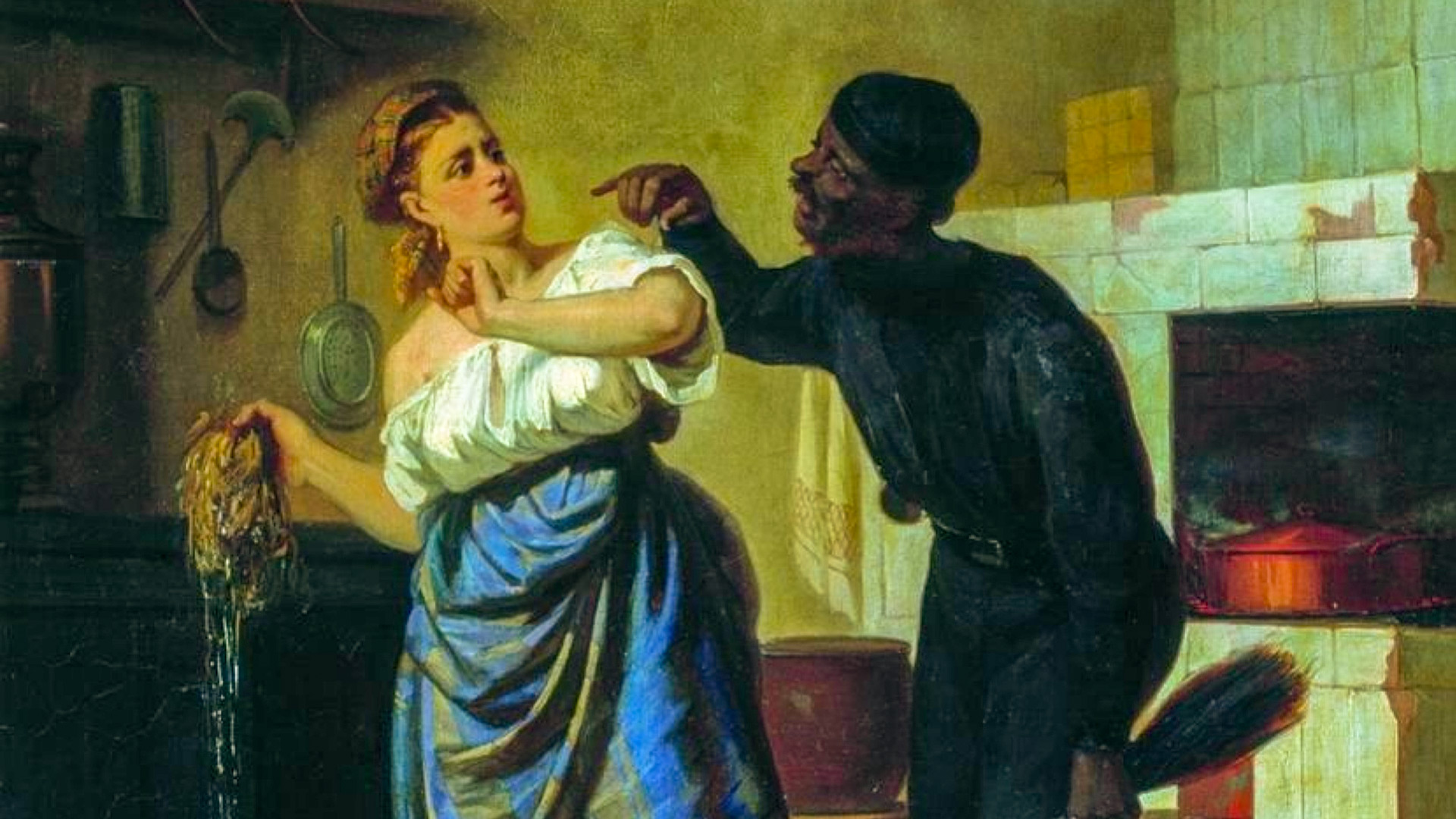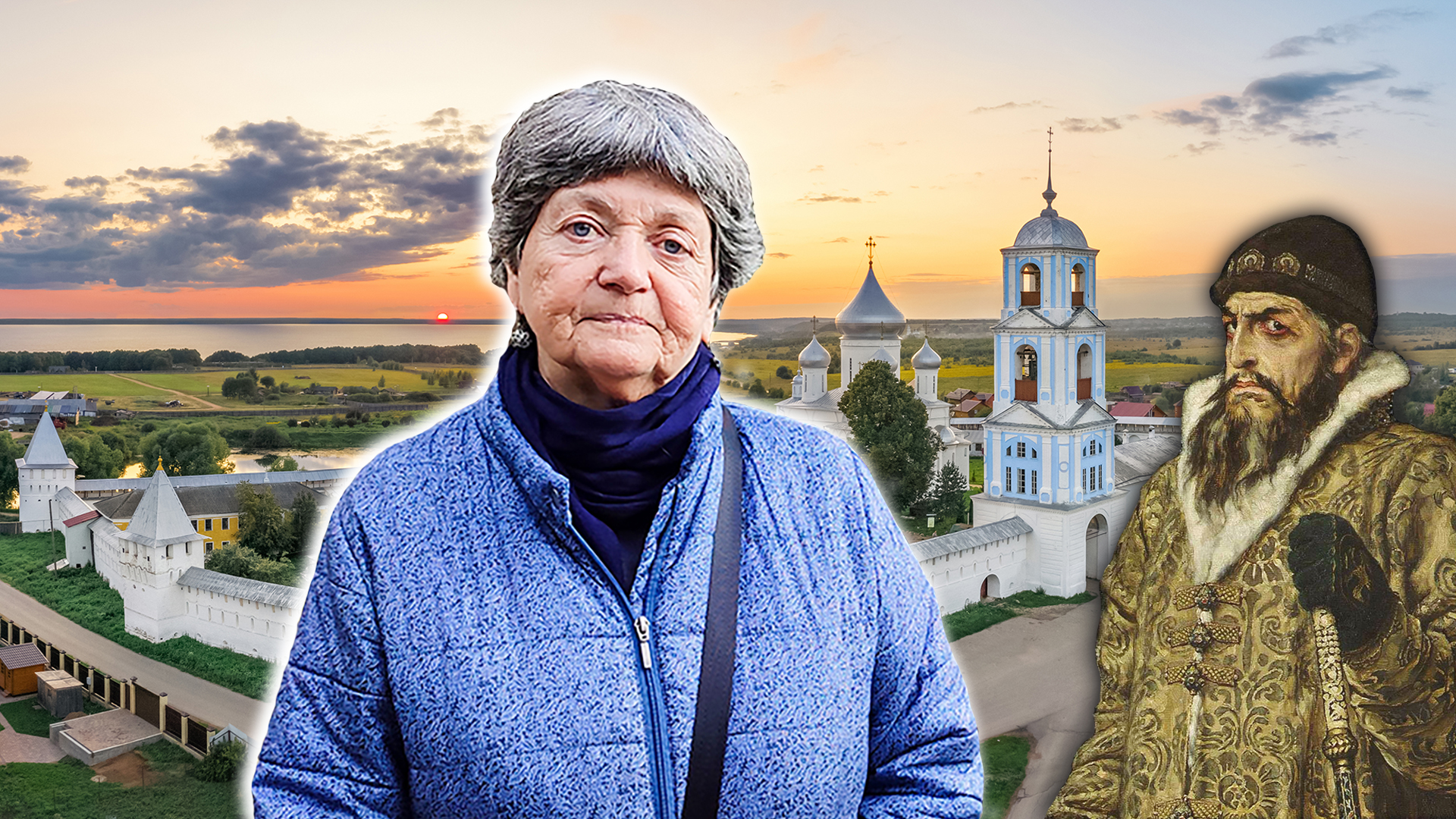
Who were ‘gold miners’ in Tsarist Russia?
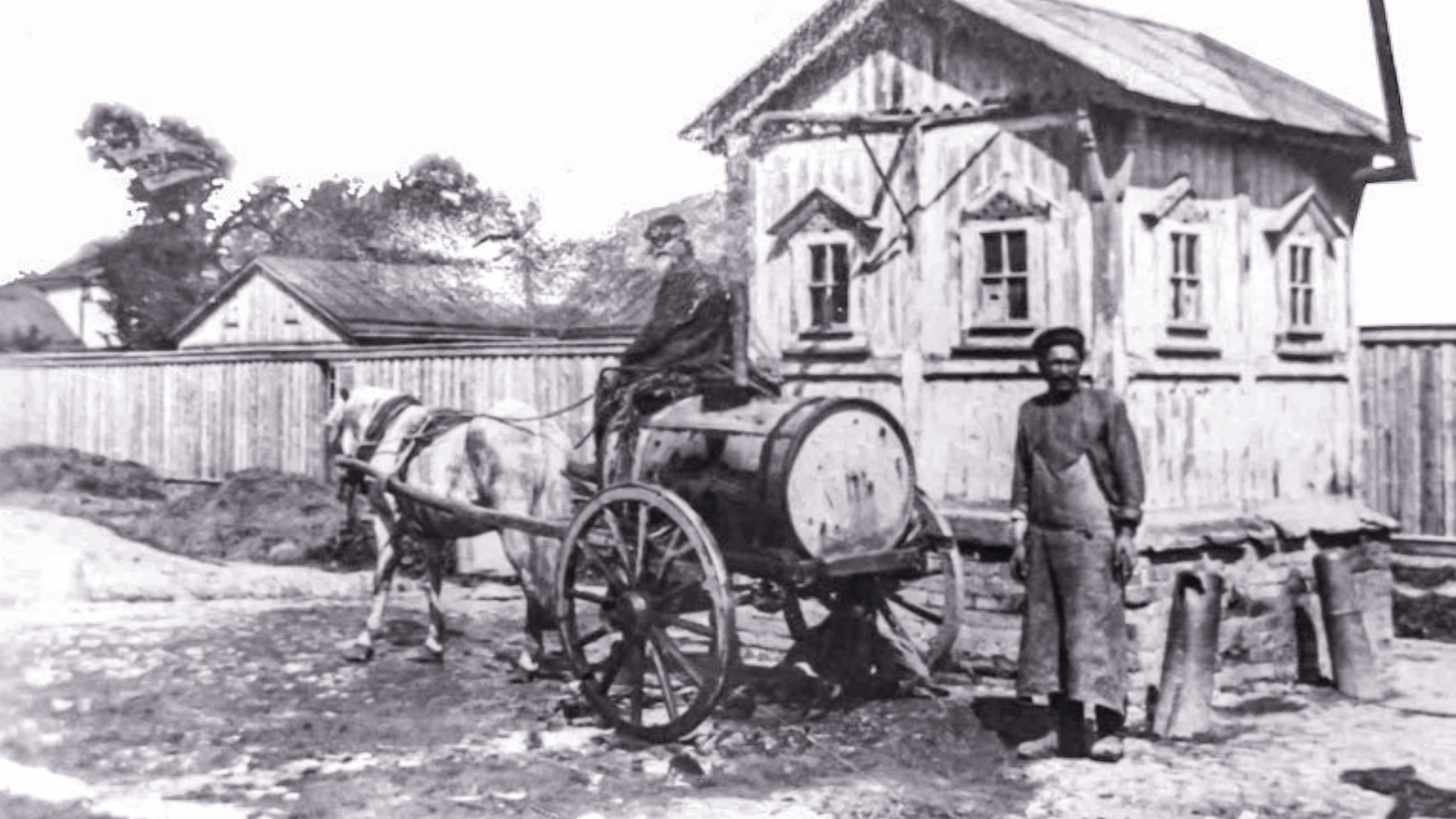
"In the darkness, a fragrant night convoy drags itself along – about 15 barrels, each harnessed to a pair of tattered, mangy nags. Between the barrel and the horse on the cart there is a rope seat, on which the ‘gold miner’ dozes – that's what they called sewage cleaners in Moscow. The convoy bounces along the pavement, splashing its contents onto the stones, rattling throughout the entire block. And, after midnight, such a convoy drags itself along Tverskaya [Street], past the palace, barely moving… One ‘gold miner’ sleeps. Another eats a large loaf of bread, which he holds by the handle." This quote from Vladimir Gilyarovsky's book ‘Moscow and Muscovites’ is interesting for several reasons.
Firstly, it tells the reader who ‘gold miners’ really were. These people pumped out sewage from cesspools and cleaned public toilets (for example, in barracks and markets) in cities. They took the waste out of town or to special disposal sites.
Researchers' opinions on why sewage workers were popularly nicknamed ‘gold miners’ differ. Perhaps, this was a humorous nickname (jewelers were also called ‘gold miners’). Or, perhaps, because excrement was metaphorically called ‘night gold’ and used as fertilizer.
Secondly, the convoy was called ‘fragrant night’. Indeed, since cesspools were scooped out with a ladle, the smell hung in the air for a long time. Therefore, ‘gold miners’ were ordered to work at night. However, when there were too many orders, they also had to work during the day and passers-by had to endure the suffocating stench.
Thirdly, there is a persistent opinion that ‘kalach’ – a Russian fast food of Tsarist Russia – was invented precisely for such cases when you need to have a snack on the go and there is nowhere to wash your hands. You can hold the pastry by its thin "handle" and then just throw it away. For the work of ‘gold miners’ – an invaluable culinary invention.
In the 19th century, the work of ‘gold miners’ was well compensated for: they often received more than many workers in other professions. However, their occupation was, naturally, dangerous and extremely difficult. ‘Gold miners’ had to wear special protective leather aprons, boots and gloves and, even so, their work was still associated with risks to health and life: helminths (parasitic worms), bacteria, infections, poisoning with hydrogen sulfide and other gases.


